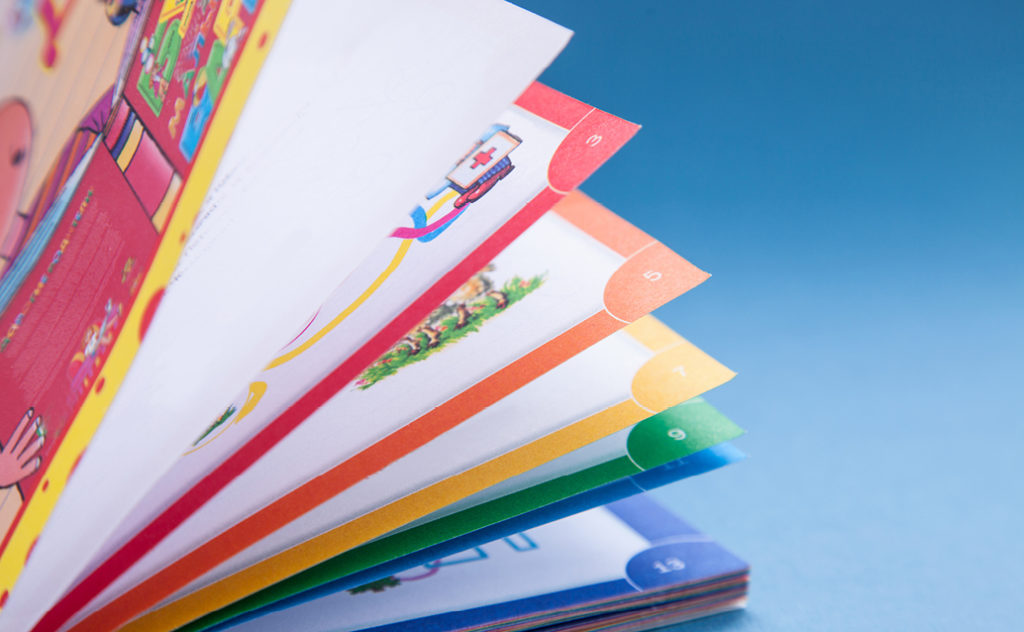
In the world of reading instruction, chapter books get all the glory! After our early elementary years, we tend to forget about the beloved picture books that were our staples as early readers.
I want to encourage you to bring those picture books back. They can be used as engaging teaching tools to allow you to approach comprehension instruction in a new way.
Picture books are excellent for mini-lessons and conversation starters. Talk to your librarian about upcoming themes or concepts you’ll be studying with your students and ask him or her to recommend picture books that fall in that category. Use those picture books as quick springboards into classroom discussions. When you remove the burden of reading lengthy passages and endless pages, it allows you to quickly get to the meat of a conversation and begin discussing literature on a deeper level even if that literature is just a picture book. The amount of nuance and analysis you can draw from even a simple picture book may just surprise you and your students.
Reading fluency and expression are easily developed using picture books. Back in high school, I actually lettered in children’s literature reading. Being able to practice oral fluency and inflection is less threatening when using picture books, not to mention a lot more fun. You can also use picture books to introduce your students to basic public speaking skills.
Discussing challenging societal problems with students using picture books. Picture books are a great way to delve into sensitive things that happen in our society. When I’m looking for picture books with that purpose in mind, one of my favorite authors is Eve Bunting. Her books cover topics such as homelessness in “Fly Away Home,”thelife of a veteran in “The Wall”and immigration in “Going Home.”When these topics are presented as beautifully illustrated stories, it makes starting the conversations about hard things a little bit easier.
Above all, picture books are perfect for strategy instruction. Maybe you’re teaching visualization, Notice and Note or even Cornell Notes. Picture books are a way to supercharge your mini-lesson and provide your students quick, hands-on practice.
So next time you’re lesson planning, don’t forget the deceptively simple picture! They are hidden gems when it comes to meaningful comprehension instruction.
Learn the best strategies for literacy instruction when you enroll in American College of Education’s M.Ed. in Literacy. Explore all of our education programs to find the best one for you.

